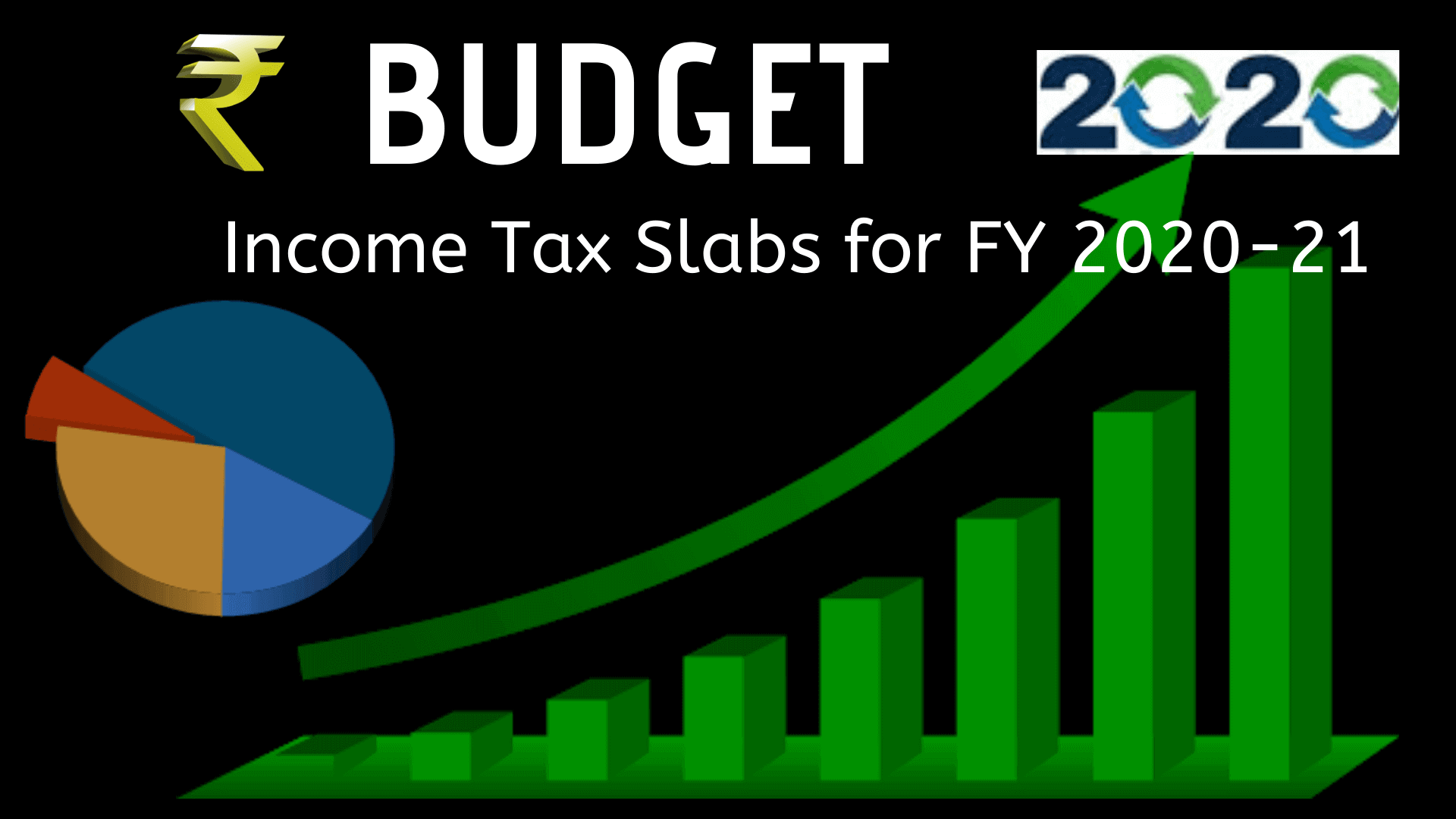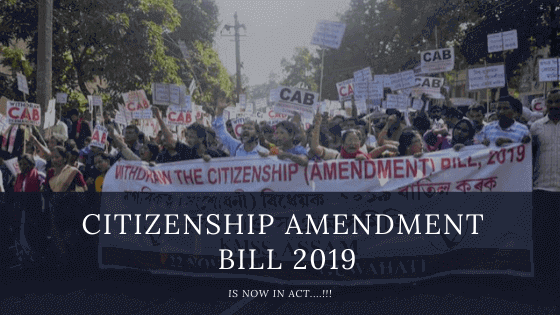New PF Tax Rules Take Effect in April: How Will They Affect You?
In Budget 2021, Finance Minister Nirmala Sitharaman declared that beginning April 1 talks about New PF Tax Rules. That is the interest on employee contributions to the provident fund of more than Rs 2.5 lakh per annum would be taxed. The annual contribution ceiling of Rs 2.5 lakh has been maintained as the interest-free deposit maximum.
It’s worth noting that every month, at least 12% of an employee’s base salary and performance wages must be deducted as provident fund contributions, with the employer contributing another 12%. The government hopes that by imposing this levy, high-income taxpayers will contribute less to their PF accounts.
Take a look at this website. We will provide you with all of the information you require on these changes. Also, will also explain how these new rules will affect you.
The Announcement of New PF Tax Rules
In Budget 2021, Finance Minister Nirmala Sitharaman declared about New PF Tax Rules. That interest on employee contributions to provident funds of more than 2.5 lakh per annum would be taxed from April 1st. According to the finance minister, the deposit maximum for which interest is tax-deductible has been set at up to 2.5 lakh. A minimum of 12% of an employee’s base salary and performance wages must be deducted as provident fund contributions, with the employer contributing another 12%.
“As the government’s ability to pay tax-free interest on provident funds grows progressively untenable, high-income taxpayers are being discouraged from raising their own PF payments.”
High-income earners and high-net-worth individuals will be impacted by this decision (HNIs). Anyone earning more than 20.83 lakh per year would have his or her EPF contribution interest taxed. “It’s worth noting that the new provision only considers employees’ contributions, not the entire contribution to the fund for any given year.
“Under present tax legislation, interest received or accrued from an employee’s provident fund (EPF) is tax-free.” Interest earned on EPF contributions (only employee contributions) over 2.5 lakh per year is now recommended to be taxed. This could have an impact on employees who earn a lot of money or make a lot of voluntary contributions to the employee provident fund.
The big-ticket money that flows into the fund and receives a tax benefit, as well as a guaranteed return of roughly 8%, falls outside the tax ambit.
Salaried employees who contribute more than the obligatory 12 percent of basic pay in the Voluntary Provident Fund will also be affected. “A considerable tax-free interest accrual, which is also not taxed on withdrawal, is now being rationalized, affecting mostly the high-income bracket.”
The amendment’s consequences
From April 1, 2021, interest accruals on yearly employee contributions to the provident fund in excess of Rs 250,000 will be taxed, which will affect the most highly paid employees. Many people consider the PF to be an old age security fund, and it is one of the most popular investment options because of the guaranteed rate of return, guaranteed benefit, lump sum withdrawal on retirement, and zero taxation on withdrawal if the employee has contributed to the fund for five years or more. This is why, in addition to the statutory payment, many employees prefer to pay a higher amount voluntarily to PF.”
“This modification will affect employees with a PF salary (basic + DA+ Retaining allowance) in excess of Rs 20 lakhs, and assuming that this is at least 50% of the employee’s overall income, his total compensation would be in the region of Rs 40 lakhs or higher.” As a result, such employees will have to deal with the tax cut on interest profits in the future. While the PF system remains appealing to those with lesser incomes, it loses its luster for those with larger incomes.
It’s worth noting that the FM had previously capped the tax exemption on employers’ contributions to PF, NPS, and superannuation funds beyond Rs 7.5 lacs per annum in the previous Budget. Only employees with a salary in the seven figures were affected. The recent plan, on the other hand, will have a broader impact. Those who primarily use the Voluntary Provident Fund to generate tax-free interest will no longer be able to do so.
Contribution to Provident Fund
Both the employer and the employee are required by law to contribute 12% of their wages to the provident fund. Employer contributions of up to 12 percent were tax-free until March 2020. Any payments in excess of 12% were subject to taxation. According to Budget 2020, any aggregate employer contribution to the Provident Fund, National Pension System, and Superannuation Fund in excess of Rs 750,000 per annum, as well as the interest earned on that contribution, will be considered a prerequisite in the hands of the employee in the year of contribution. The employer is required to treat the excess amount as a perk in the employee’s hands and withhold taxes on it. As is apparent, this measure impacts high-income earning employees who meet the above criteria.
The government recently issued perquisite valuation regulations for this purpose, which allow for taxation of employer payments to retiral accounts in excess of Rs 750,000, as well as the interest accrued thereon. The government has provided a precise formula to permit this computation for the employer.
Taxation of Interest according to New PF Tax Rules
The Finance Minister proposed in Budget 2021 to charge interest on employee contributions to the provident fund account (including voluntary contributions) that exceed Rs 250,000.
This interest would be taxed at the applicable slab rates under the heading “Income from Other Sources” based on the taxpayer’s usual accounting method (accrual or receipt). This interest is expected to be subject to tax withholding, though the methodology will be specified later. The proposed amendments would take effect on April 1, 2021, for the fiscal year 2021-22. In the past, interest earned on the said contribution was not taxable if the contributory period is more than five years.
Key Highlights: New PF Tax Rules and interest on PF
1) “To rationalize tax exclusion for high-income employees’ income, it is recommended to limit tax exclusion for interest income derived on employees’ contributions to different provident funds to a maximum annual contribution of 2.5 lakh,” Sitharaman said in Budget 2021.
2) Later, the national government raised the interest tax exemption ceiling to $5 lakh in circumstances when the employer does not contribute to the fund.
“The increase in tax-free interest on PF contributions of up to Rs. 5 lakh will bring relief to high-income taxpayers. However, there is a catch: the enhanced maximum is only relevant if the individual has contributed to a fund that does not receive any employer contributions. Employees frequently boost their voluntary contributions to the same fund to which their employer contributes “DVS Advisors LLP founder and managing partner Divakar Vijayasarathy stated.
3) High-income earners and High-Net-Worth Individuals will be impacted by this decision (HNIs). Anyone earning more than 20.83 lakh per year would have his or her EPF contribution interest taxed.
“The government has justified this action by claiming that the 2.5 lacs cap already covers roughly 93 per cent of contributors, and it is only the high taxpayers who are not,” Vijayasarathy explained.
4) “It should be noted that the new provision only considers employee contributions, not the entire contribution to the fund for any given year,” stated Gaurav Saraf, partner at VPTP & Co.
5) Salaried employees who contribute more than the necessary 12 percent of basic pay in the Voluntary Provident Fund will be affected. “A huge tax-free interest accrual, which is not taxed on withdrawal either, is now being rationalized,” said Archit Gupta. “This will mostly affect the upper-income bracket.”
Who would be impacted by New PF Tax Rules?
The government’s proposed reform aims to simplify the tax exemption for higher-paid workers who previously earned tax-free income. As a result, the government feels that such a step would help to narrow the income gap. For example, an employee paying to PF at a rate of 12% on a base salary of more than Rs 21 lakh per year would have to pay tax on the interest accrued on employee contributions in excess of Rs 250,000. As a result, such a person is likely to earn between Rs 42 and Rs 50 lakh in total.
Employees earning less than this amount would be unaffected unless they voluntarily contribute to the provident fund. Employee contributions are still eligible for a deduction under section 80C up to Rs 1.5 lakh if the simplified tax regime is not selected. The Provident Fund earns a competitive rate of interest on the outstanding PF balance, which is exempt if the contribution period is five years or longer.
While PF remains an appealing tax-saving investment option because of the rate of interest, the 100 per cent tax exemption available at the time of withdrawal, and the minimal risk element, one must now examine the tax incidence of this investment in the future.
Who is not impacted by New PF Rules 2021?
Employees earning a basic salary of up to Rs 1.75 lakh per month would not be taxed on their PF interest profits. “PF interest gains would not be taxed for employees with a basic wage of up to Rs 1.75 lakh per month.”
Those who earn more than Rs 1.80 lakh per month in basic salary will be affected. Additionally, those who make additional contributions to their VPF and their total contribution surpasses Rs 2.5 lakh will have their interest profits taxed.
The interest received on PF amounts above Rs 2.5 lakh in a year would be taxed. “The interest income accrued during the preceding year in the account of the person to the large extend it corresponds to the amount or the aggregate of amounts of the contribution made by the person outpacing two lakh and fifty thousand rupees in a preceding year in that fund, on or after April 1, 2021,” according to the Finance Bill.
There are two ways that your gift could exceed the Rs 2.5 lakh cut-off amount. The PF tax will be calculated as follows:
The PF tax calculation will be as follows:
- Based on Basic Salary
- Based on your voluntary contribution to the voluntary provident fund
Example to understand New PF Tax Rules
Let us use an example to help you better understand the New PF Tax Rules. Assume you are contributing Rs 25,000 per month to your PF account (Rs 3,00,000 per year) for the Financial Year 2021-22. For FY 2021-22, the government has already set the PF interest rate at 8%. This financial year, you will receive Rs 24,000 in interest on your PF contribution at this rate.
According to the new PF regulations, interest earned on contributions up to Rs 25,000 is not taxable. As a result, interest earned up to Rs 20,000 will be tax-free. However, you’ll have to pay tax on the extra interest you’ve accumulated. The extra Rs 4000 will be added to your appropriate income tax slab in your situation, and you will be taxed accordingly.
Here is the calculation:
Your yearly contribution in the PF account – Rs 3,00,000
Interest accrued on this contribution of Rs 3 Lakhs (@ 8% PF interest) – Rs 3,00,000 * 0.08 = Rs 24,000
Tax lieved on the interest accrued on the PF contribution – Rs 2,50,000 * 0.08 = Rs 20,000
Tax applicable on PF interest accumulated (More and above Rs 2.50 lakhs) – Rs 24,000–Rs 20,000=Rs 4,000
As per the current interest rate, let us suppose you fall in the 10% tax slab. Hence, a TDS of 10% will be deducted from the taxable interest amount of Rs 4000.
Contributors to the VPF are affected
This new rule will affect a large portion of paid employees, in addition to high-income individuals. Many paid employees consider the Provident Fund to be a successful investment opportunity, contributing more than the obligatory 12 percent of their wages. This is done through the VPF (Voluntary Provident Fund). With a sovereign guarantee, the VPF delivers an attractive tax-free return on EPF balances. This set of people will be deterred from contributing additional money to the VPF because the tax benefits on donations beyond Rs 2.5 lakhs will no longer be available to them. If you’re one of them, you should reconsider your investment strategy and take another look at VPF. You may choose to reduce your VPF contribution in order to maintain your tax-free status.
The best Indian online ca service provider firm Legalraasta gives all the services at a fair cost. You can visit our website LegalRaasta.Even we give GST Software.
Link in with our expert team. They will manage all the registration procedures. Dial-8750008585. Do give your queries on Email: contact@legalraasta.com.The quickly easy way is LegalRaasta APP. Download it from the Play Store and use the online ca services we have!






